Virtue, Vice, Wisdom & Folly: The Moralizing Tradition in American Art
- August 15, 2010 15:32
In the Fall of 2010, Reynolda House Museum of American Art, in Winston-Salem, North Carolina, will mount Virtue, Vice, Wisdom & Folly: The Moralizing Tradition in American Art.
Drawn from Reynolda's own collection of nineteenth-century genre art (including works by William Sidney Mount, Winslow Homer, and Eastman Johnson) and augmented by a number of carefully chosen loans from museums in the Southeast and Washington, D.C., the exhibition will explore how Americans more than a century ago defined themselves and their nation in moralizing terms.
In the nineteenth century, as Americans grappled with what it meant to be citizens of the young country, artists turned to canvas and paper to work out ideas about materialism, family, race, gender, politics, and the natural world. Paintings and prints depicting everyday life provide fascinating insights into American values and morés. As the country made the difficult transition from a largely rural and agrarian society to a more urban and industrial one, artists responded in large part by idealizing the former and creating cautionary tales about the latter.
The exhibition will be divided into six sections: Life in the Country, Men and Women, Life at Home, Politics and Patriotism, Black and White, and Life in the City.
Adjacent to this exhibition of nineteenth-century American genre paintings, Reynolda House will mount a small exhibition of seventeenth-century Dutch genre prints that will allow us to historicize the moralizing tradition in genre art and to consider the connections between morality and emerging market economies in seventeenth-century Holland and nineteenth-century America.
The exhibition is on view Sept. 18-Dec. 31, 2010.






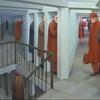

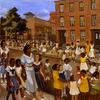
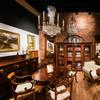
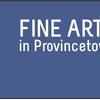



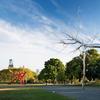
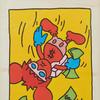
100x100_c.jpg)


